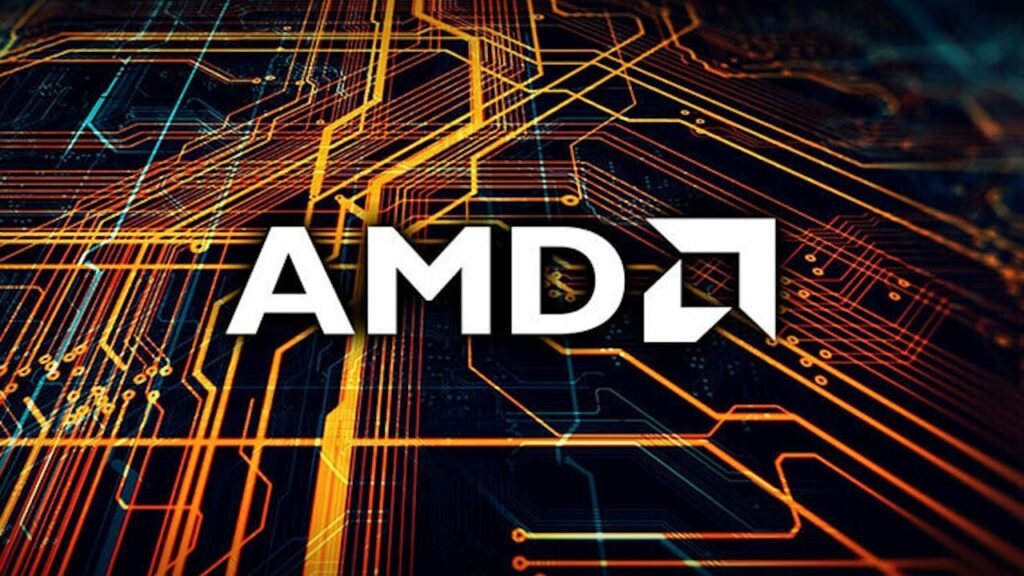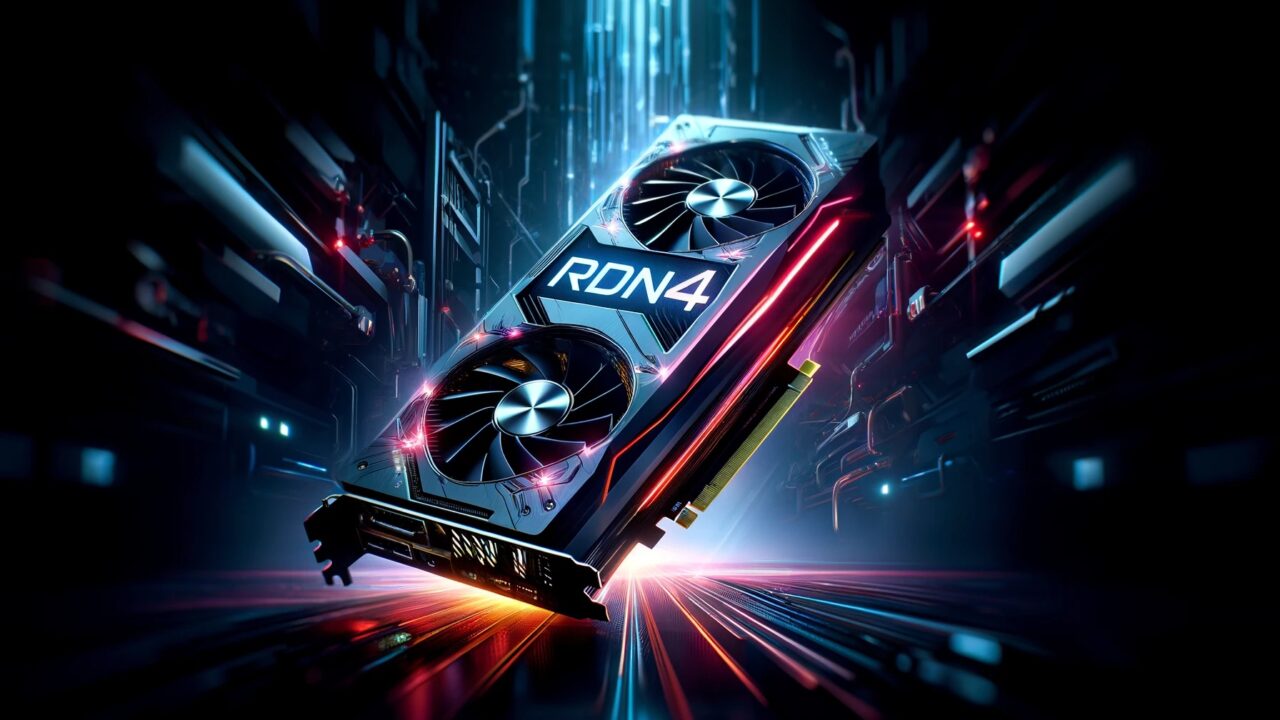AMD is preparing to make a new revolution in the graphics world. It’s been rumored that the RDNA 4 graphics architecture will come with a completely new ray tracing engine called Kepler L2. By taking another innovative step in the world of graphics technologies, AMD is redesigning ray tracing hardware from the ground up with its RDNA 4 graphics architecture. So, what will it do?
AMD is redesigning ray tracing hardware with RDNA 4
This new architecture will feature a completely new ray tracing engine called “Kepler L2.” While AMD’s Ray Accelerator component, used up to now, played a significant role in calculating ray intersections, Kepler L2, which will replace this component with RDNA 4, aims to further advance performance.

The ray tracing capabilities initiated with RDNA 2 and enhanced with RDNA 3 will increase by 50% with RDNA 4. With the introduction of Kepler L2, ray tracing operations will now be executed by fixed-function hardware, significantly reducing the load on shader engines.
AMD’s strategic change aims to significantly improve ray tracing performance and set new standards in realistic rendering technologies. RDNA 4 will be part of AMD’s next-generation Radeon RX GPU series and is expected to be released in the second half of 2024.
This innovation is expected to further strengthen AMD’s position in the graphics market. Additionally, AMD plans to make a big announcement at the Computex event. This event will provide details on both server and client processors, including the “Zen 5” CPU microarchitecture. We can expect to learn more about RDNA 4 at this event.
AMD’s innovations have generated great excitement, especially for gaming and high-performance graphics processing. What do you think about this innovation? You can share your thoughts in the comments section below.














